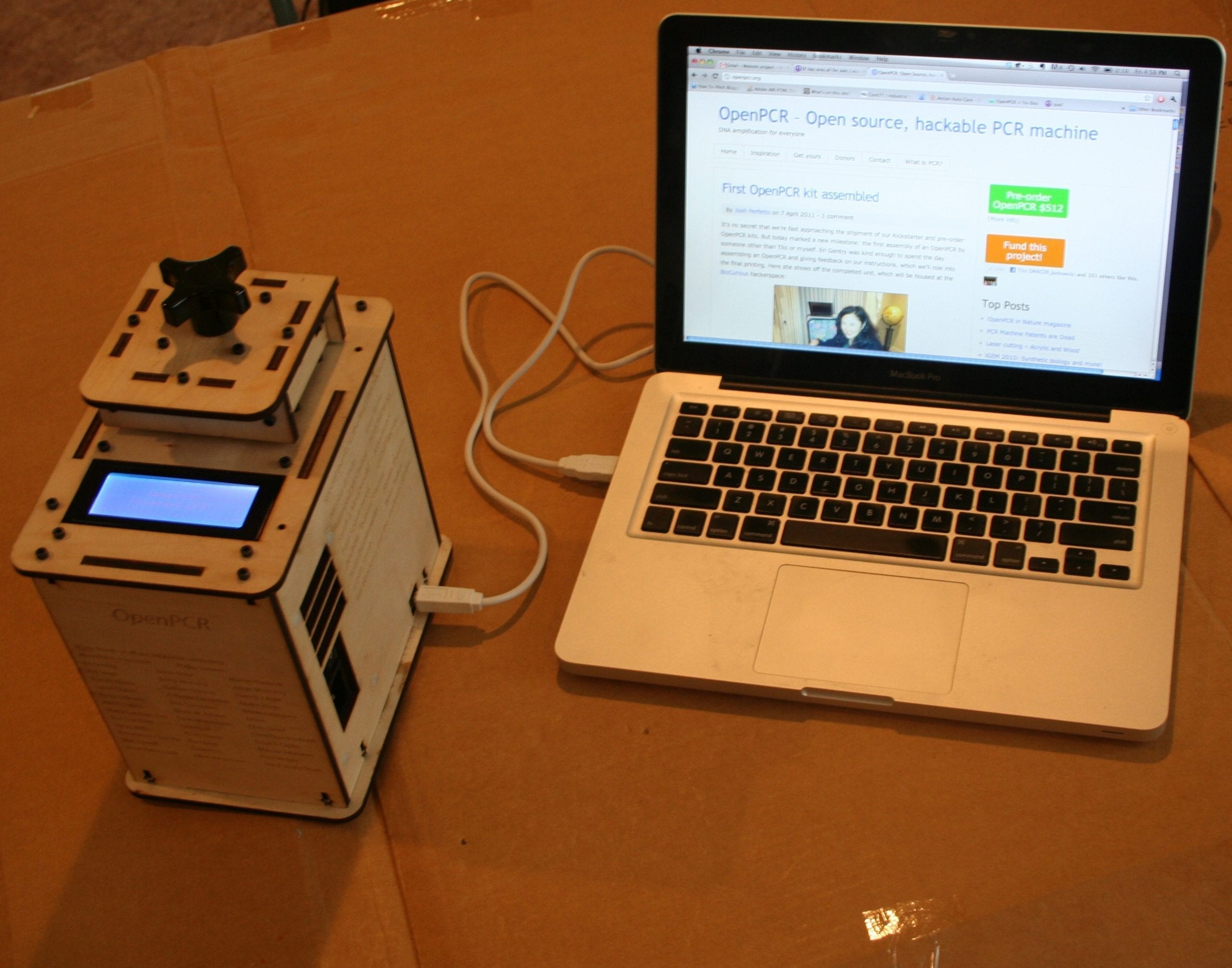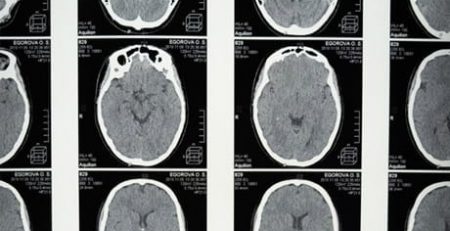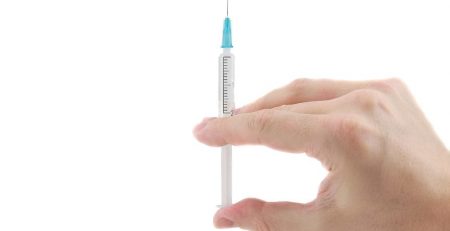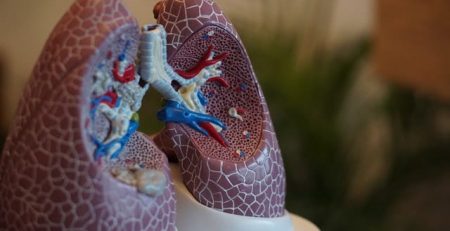Build Your Own PCR For Fifty Dollars (DIY)
We came across this interesting blog posted by [b]Russell Durrett[/b] found on [b][url=http://www.popsci.com/diy/article/2013-04/gene-machine]Popular Science[/url][/b] and wanted to share with you. We hope you enjoy. Biology’s equivalent of an office copier is a [b]PCR machine[/b]. PCR, short for [b]polymerase chain reaction[/b], is now a staple in crime-scene forensics, heredity tests, and organism hijacking. It’s a mind-boggling feat. Among billions of base pairs that make up DNA’s genetic code, PCR finds exact sequences and, in a couple of hours, makes billions of copies—enough to decode or splice together useful combinations of genes. Professional machines cost about $10,000 dollars each, but Russell Durrett has devised one from PVC pipes, a 150-watt lightbulb, a computer fan, a cheap microcontroller, and a few reagents he ordered online. [b]1) PILE UP[/b] Stack five pieces of PVC piping to form a silo [right] that holds vials of [b]DNA[/b], heats them with a lightbulb, and cools them with a computer fan.
Top: Drill a dozen or so ¼-inch holes into the top of a slanted adapter (to hold the vials), fit a pipe inside the adapter’s base, and cut a square hole in the exposed pipe to match a computer fan’s exhaust port. Middle: Cut the same square port in the top of a straight PVC coupling and hot-glue the fan in place. Drill a hole into the coupling’s side, just above the center, and bolt on a clamped lightbulb socket. Bottom: Drill a hole in a second coupling for a bundle of wires leading to an Arduino Uno microcontroller. [b]2) WIRE UP[/b] Connect the socket and computer fan to 5-volt relays, and link them to the Arduino. Lead one socket wire to a 110-volt AC power source, and wire a thermistor to the Arduino. Insert the thermistor into a vial containing mineral oil and water, and place it in a vial hole. This gives the Arduino temperature data, allowing it to turn the lightbulb—and heat—on and off. [b]3) PICK A GENE[/b] Whether you’re testing breakfast cereal for genetically modified grains or screening yourself for [b]HIV resistance[/b], pick a gene to copy. You’ll need to order from the Internet reagents that can hijack DNA-copying. Photo credit: openpcr.org














